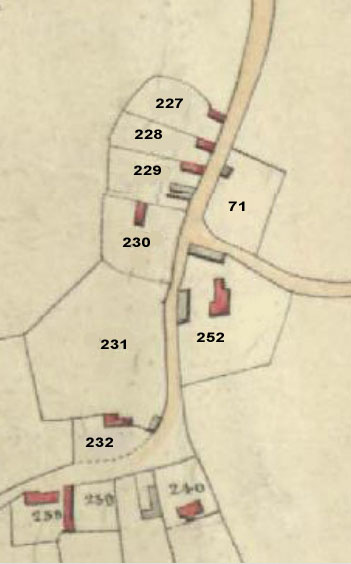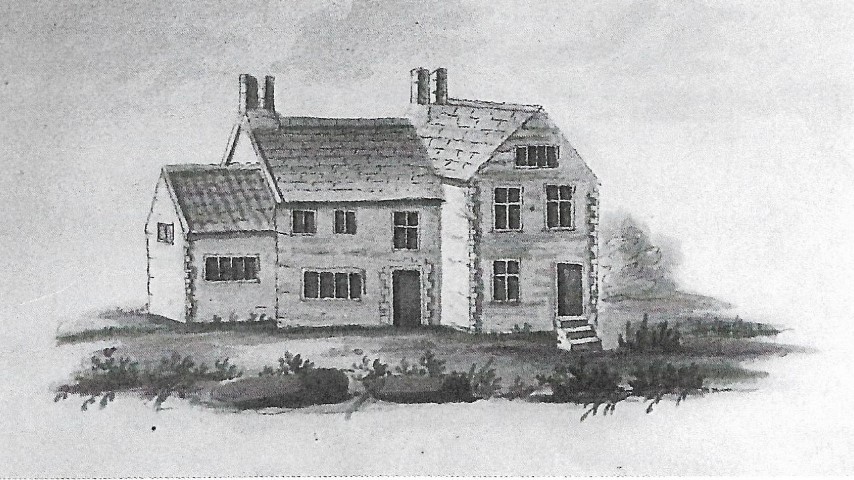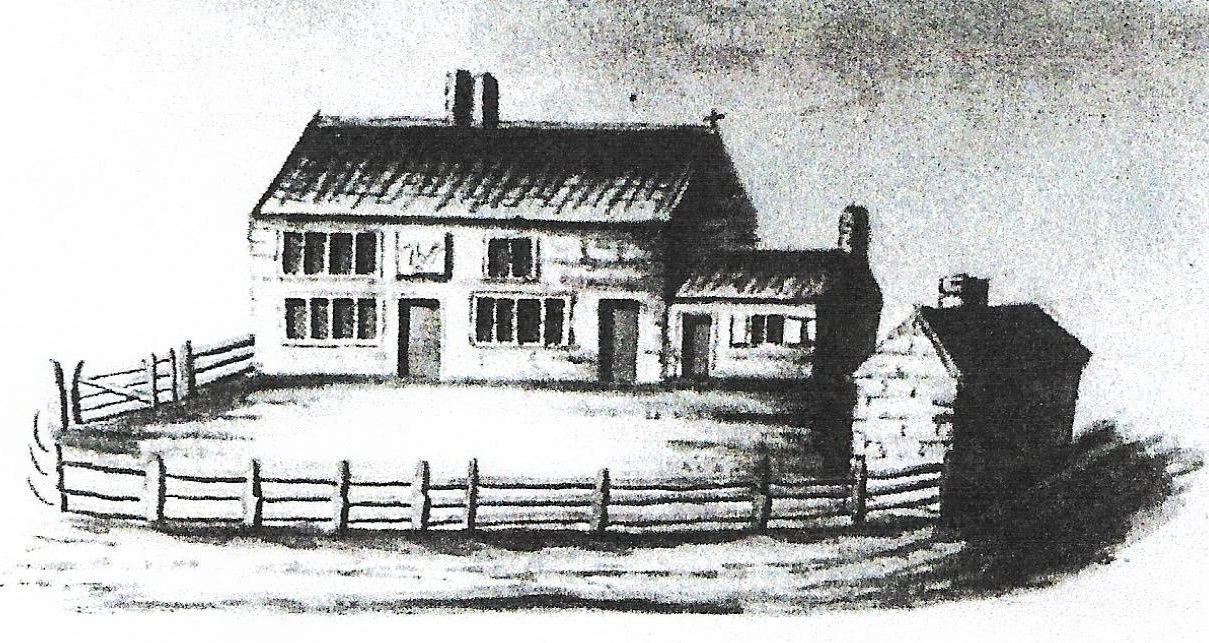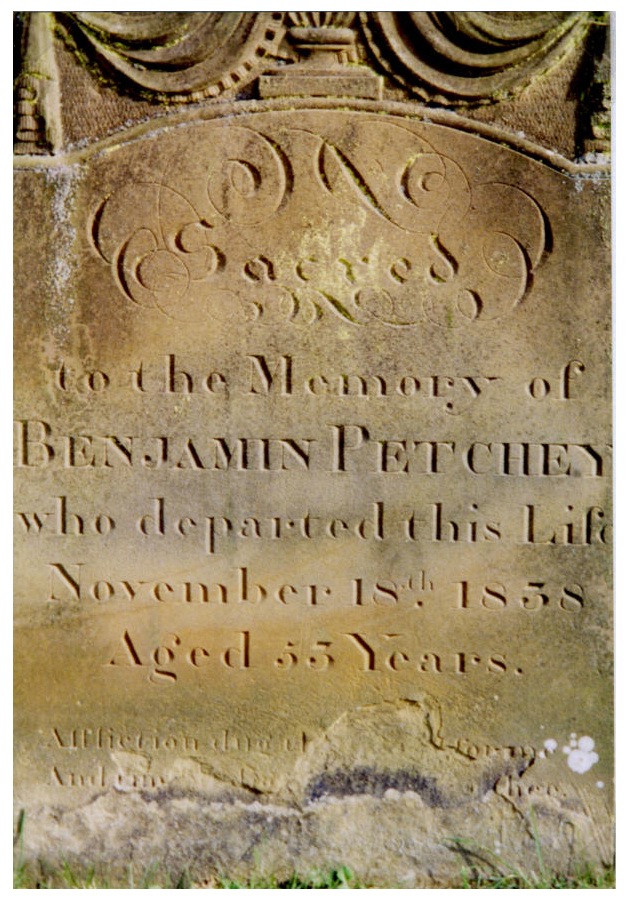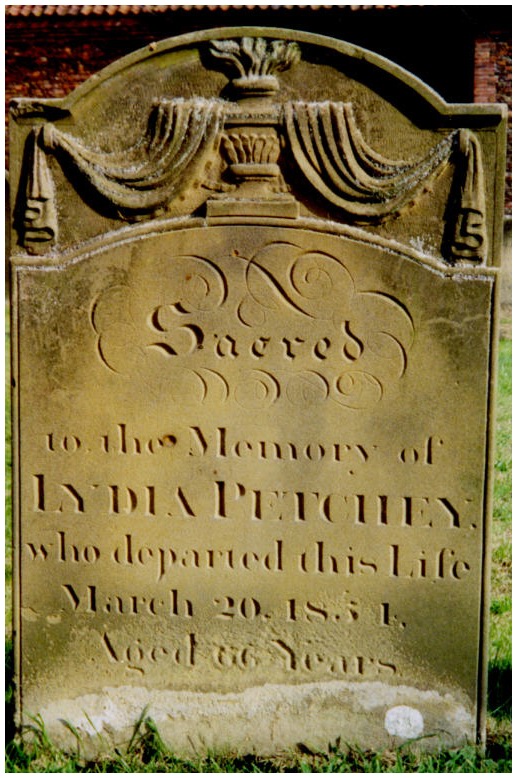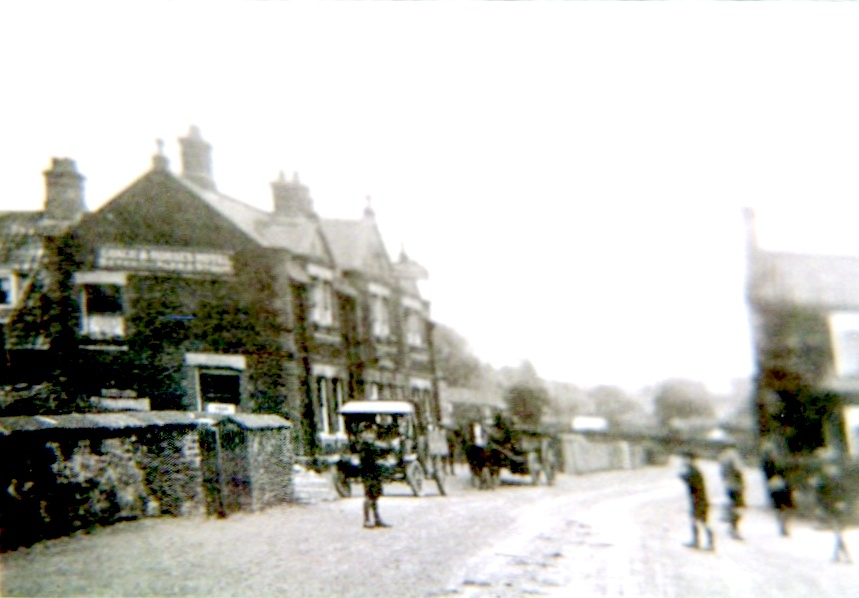Timeline
1845-1846 Mrs Lydia Petchey
1851-1856 William Hotching (Hotchin)
1858-1888 Thomas Taylor
1890-1901 Alfred Hardy
1904- Dixon Standaloft
1908-1915 Arthur Walker
1916- Mrs Jane A Walker
1922- Frederick Anthony
1925-1937 William Thomas Owen
1939- Reginald John and Edna (nee Legge) Popplewell (In the 1939 Register)
Followed by Mrs Jane Popplewell up to about 1945 (Dick Melton)
1950- Albert Hurrell
1951- Ernest Bridges
1955- Wilfred Ernest Watson
1964- William George Link
1964- George Sidney Hardy
1968- Donald Victor Isbell
1970- Ernest Arthur Thorley
1970-1976 Alan and Molly Birt (source son Timothy Birt)
Various ...
2007-2020 Sheila Roythorne
2020- Tommy & Christine Haughey
Lydia Petchey
A William Brunton and Lucy Robinson married on 20 December 1781 in Wood Norton, a few miles from Fakenham; both were resident in that village. Lydia was born here in 1788 (seventh of eight children).
Benjamin Petchey was born in Dersingham in 1786,the sixth child of six children of Benjamin Petchey Snr and Mary Fox. His mother Mary died when he was only two years old and his older sister Rachell died, aged 20, in 1796 when Benjamin was 10. His father lived until 1832 when he died at the age of 82.
On 12th October 1809 Lydia Petchey, now 21, married Benjamin Petchey, Banns having been called on 17 and 24th September and 1st October 1809. Their witnesses to the marriage were William Yeates and Martha Snelling in St. Nicholas Church Dersingham; Lydia made her mark X in the register. Interestingly William and Martha were to marry a year later almost to the day.
In the early nineteenth century very few people had the right to vote but pressure for reform grew steadily until in 1832 the Great Reform Act was passed. This gave the vote to men who occupied property with an annual value of £10. So we find listed in the Electoral Roll of The Hundred of Freebridge of 1835 as an occupation voter, Benjamin Petchey with a Freehold and Copyhold estate.
It is from White’s Directory of 1836 that we discover Benjamin was a wheelwright, whilst Lydia was included in the list of farmers which included George Chadwick (maltster) of Oak House Farm, John Chapman, Robert Claxton, Abraham Gay, and John Riches, a rabbit dealer.
In the Electoral Rolls for 1837 Benjamin is listed with Free and Copyhold house and land near the church. Also in 1837 Benjamin suffered another loss when his brother, Edward Fox Petchey, died in Brancaster. Benjamin himself died the following year, 1838, at the age of 53.


